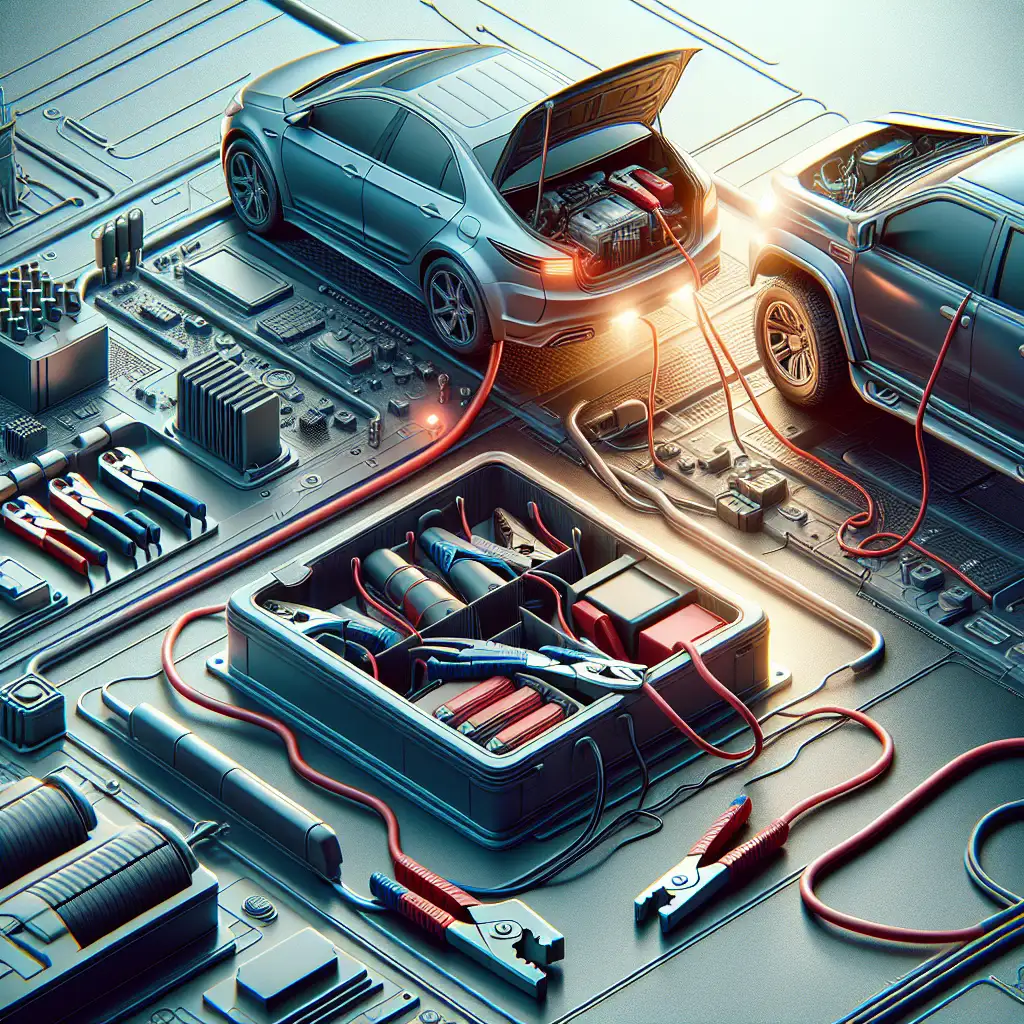How to Jump-Start Your Car Safely: A Step-by-Step Guide
Learn how to safely jump-start a dead car battery with this comprehensive guide, ensuring you avoid damage and get back on the road quickly.

Jump-starting a car is a useful skill that every driver should know. Whether you're dealing with a dead battery in your own vehicle or helping a fellow motorist, understanding how to safely jump-start a car can save time and money. This guide will walk you through the process, ensuring you avoid common mistakes that could lead to damage.
Understanding the Basics of Jump-Starting a Car
Before you begin, it's important to understand the basics of how a car battery works and why it might need a jump-start. A car battery provides the electrical power necessary to start the engine. Over time, or due to factors like leaving the lights on, the battery can lose its charge. Jump-starting involves using another vehicle's battery to provide the necessary power to start the engine.
What You'll Need
- A set of jumper cables
- A working vehicle with a fully charged battery
- Protective gloves and eyewear (optional but recommended)
Ensure that both vehicles are parked close enough for the jumper cables to reach both batteries, but not touching each other.
Step-by-Step Guide to Jump-Starting Your Car
Step 1: Safety First
Turn off both vehicles and remove the keys from the ignition. Ensure that both cars are in park or neutral, and the parking brakes are engaged. This prevents any accidental movement during the process.
Step 2: Connect the Jumper Cables
- Attach one end of the red (positive) jumper cable to the positive terminal of the dead battery. The positive terminal is usually marked with a '+' sign.
- Connect the other end of the red cable to the positive terminal of the charged battery.
- Attach one end of the black (negative) jumper cable to the negative terminal of the charged battery.
- Connect the other end of the black cable to an unpainted metal surface on the engine block or chassis of the car with the dead battery. This acts as a ground and helps prevent sparks near the battery.
Step 3: Start the Working Vehicle
Start the engine of the vehicle with the charged battery and let it run for a few minutes. This allows the dead battery to gain some charge.
Step 4: Start the Dead Vehicle
Attempt to start the vehicle with the dead battery. If it doesn't start immediately, wait a few more minutes and try again. Avoid cranking the engine for more than 5 seconds at a time to prevent damage.
Step 5: Disconnect the Jumper Cables
- Once the dead vehicle is running, carefully remove the jumper cables in the reverse order of connection: black cable from the grounded metal surface, black cable from the charged battery, red cable from the charged battery, and finally, red cable from the dead battery.
Keep the engine running for at least 20 minutes to allow the alternator to recharge the battery.
Common Mistakes to Avoid
- Connecting the cables in the wrong order, which can cause sparks or damage to the electrical system.
- Allowing the jumper cables to touch each other while connected to a battery.
- Not grounding the negative cable, which increases the risk of sparks near the battery.
When to Seek Professional Help
If your car doesn't start after a few attempts, or if you notice any unusual sounds or smells, it may be time to call a professional. There could be underlying issues with the battery or electrical system that require expert attention.
 CarChooser
CarChooser